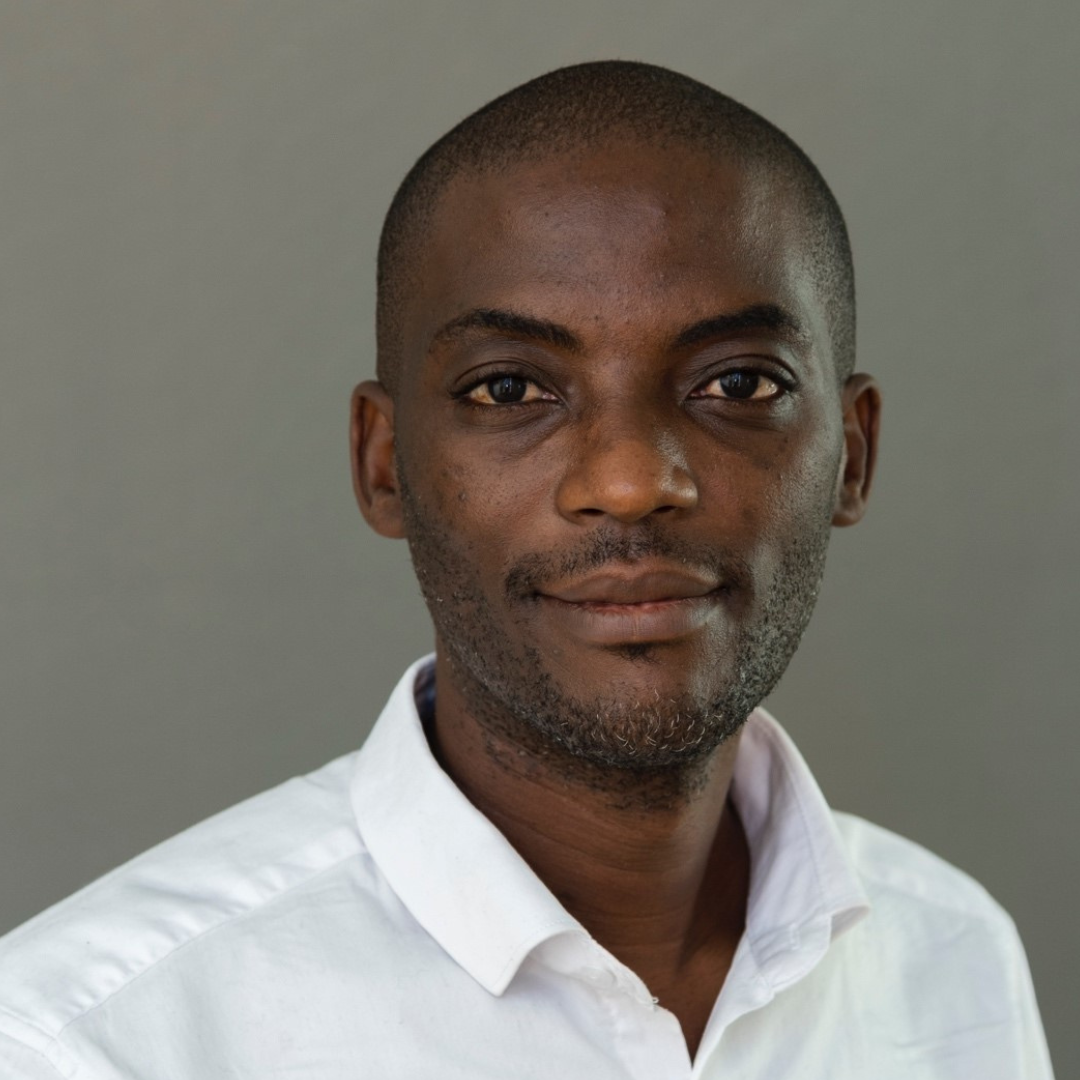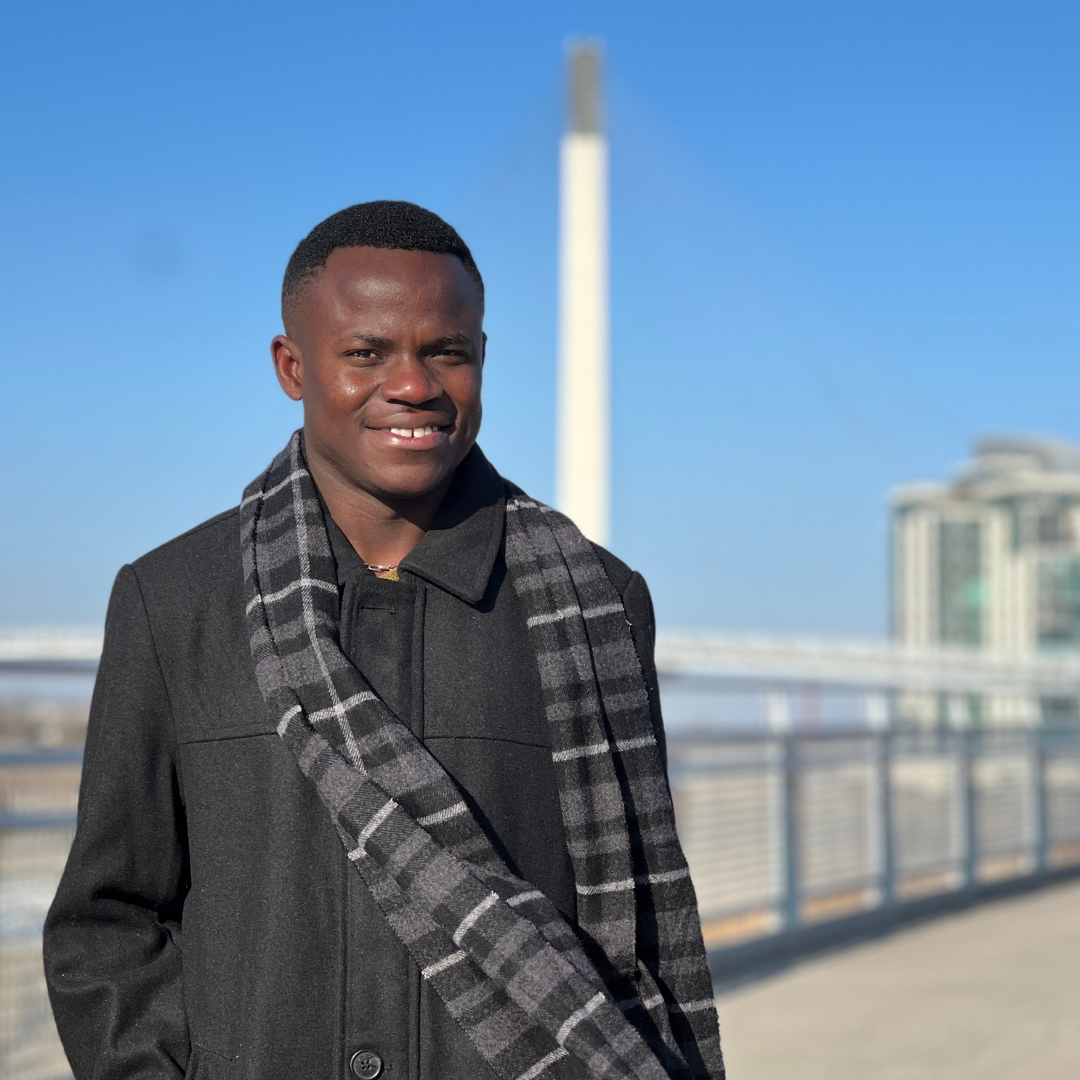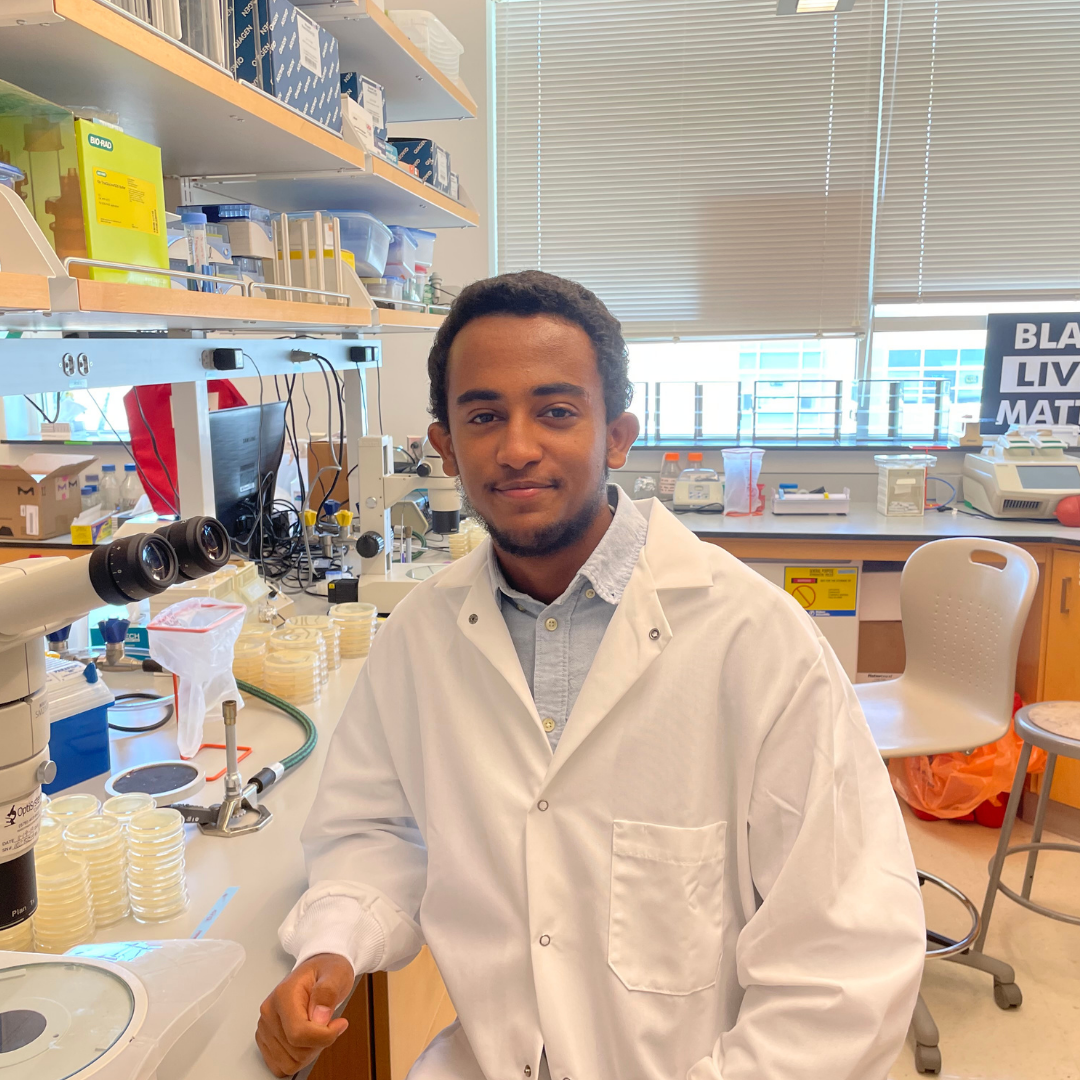
Meet Nicholas Hiers of the University of Florida! The second year PhD student from Dr. Mingyi Xie’s lab joined us at this week’s Regulatory & Non-Coding RNAs. This not only is his first meeting at CSHL but his first one as a researcher and he made his debut with a bag; presenting a poster titled “The target-directed miRNA degradation interactome in cancer.” Here is Nicholas on his poster presentation experience: “This was my first in-person poster, and I think it went very well. I got to talk about our lab’s science to a bunch of big names and fresh faces, and I also got some nice feedback and a couple new ideas from it as well.”
Tell us about your research.
My research primarily relates to dysregulated small non-coding RNAs (microRNAs) as it relates to cancer progression and severity. I specifically study the mechanisms that determine microRNA birth/biogenesis and death/degradation to better understand altered microRNA-mediated gene expression in cancers.
How did you decide to focus on this area/project?
The degradation of microRNAs recently became a hot topic in the non-coding RNA field, so I was eager to take on a project related to that area. My PI described this subject as a sort of black box, and the prospect of discovering something both novel and impactful was too good to pass up.
What and/or who is the inspiration behind your scientific journey?
I can confidently say that the inspiration for my scientific journey is personal curiosity. I desperately want to better understand how life “works” and this curiosity is generally what fuels my investigations.
What do you love most about being a researcher?
This is difficult to choose, I personally really enjoy research as a creative outlet, but I also get a lot of personal fulfillment and pride from the work that I do.
What drew you to attend this meeting?
It is not everyday that there is a conference for almost exclusively non-coding RNAs, how could I pass up that? That, and the stacked lineup of talks from many of the big names in the field.
What is your key takeaway from the Meeting; and how do you plan to apply it to your work?
My main takeaway is that this field is full of such great and diverse science, much of which is of such quality that it is personally motivating for me to reach that standard.
What feedback or advice would you share with someone considering to participate in this meeting?
Just come! Everyone is friendly, the campus is gorgeous, and you will get so many fresh ideas and perspectives from all the talks/posters.
What’s the most memorable thing that happened during the Meeting?
That’s a tough one, but probably getting to see my coworker Tianqi give a talk on her research. It was really exciting to see her explain her science to all of the bigshots in the field, and she ended up nailing the talk!
Is this your first in-person meeting since the pandemic? If so, any thoughts you’d like to share?
It was, it was also my first conference in general. I feel like the pandemic has made everyone far too used to isolation, and it was really nice to just be around a lot of like-minded people in my field now that the pandemic has settled down.
What do you like most about your time at CSHL?
Without a doubt, the best thing about this meeting has been the opportunity to hang out with a bunch of friends and colleagues from around the world. I have not experienced anything like this since becoming a researcher, and it has been such a positive experience that I will 100% be returning to CSHL.
Thank you to Nicholas for being this week's featured visitor. To meet other featured researchers - and discover the wide range of science that takes part in a CSHL meeting or course - go here.
Image provided by NIcholas Hiers














































